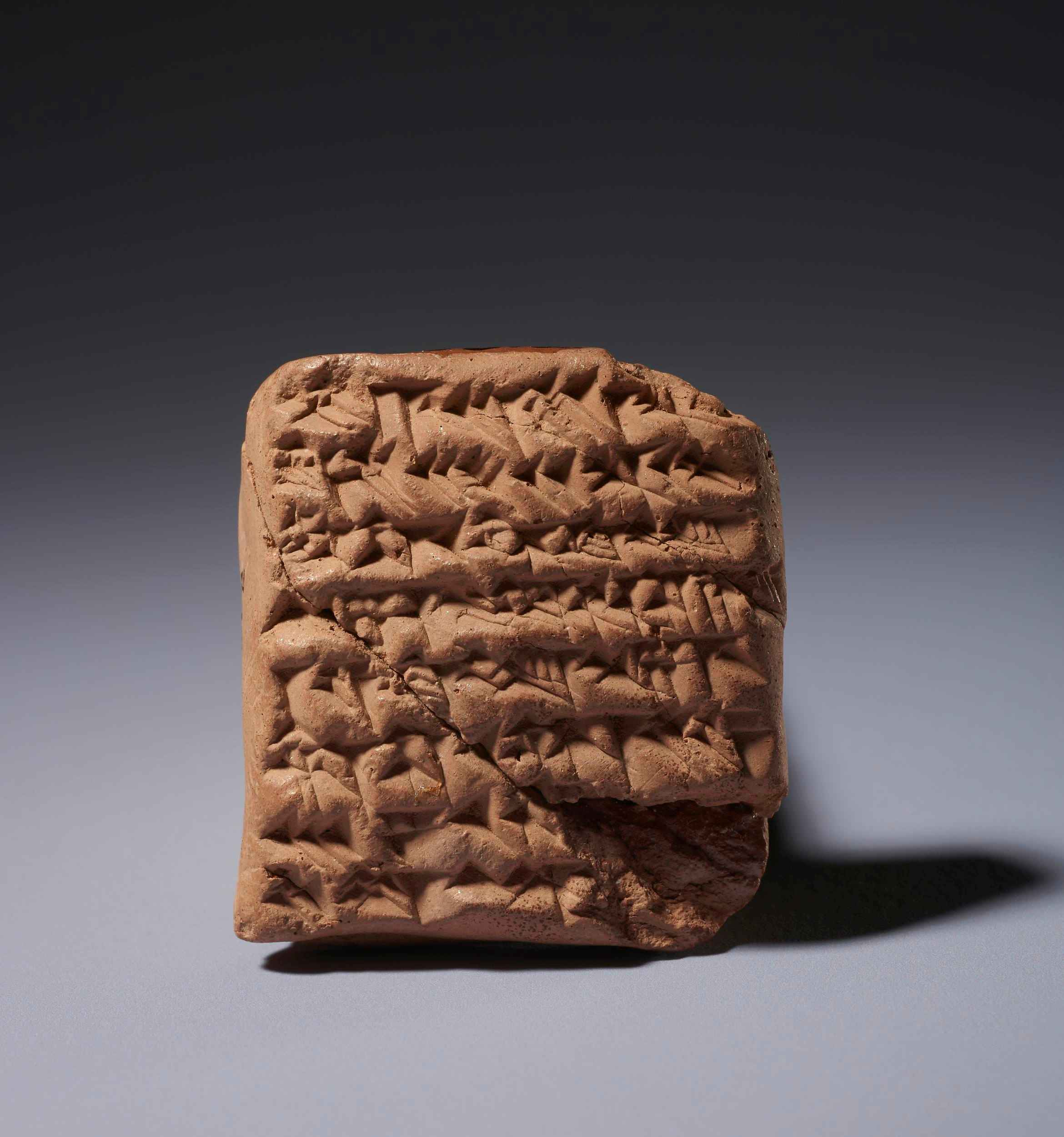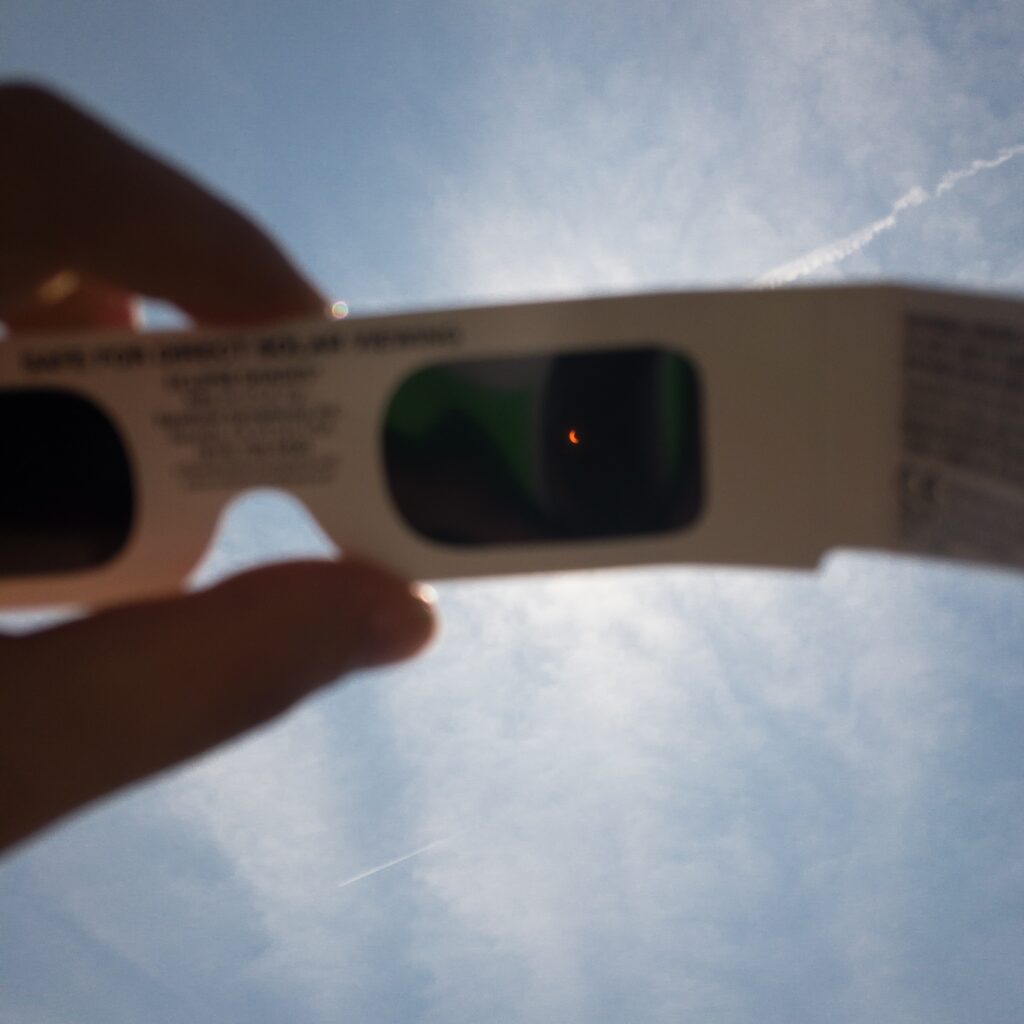Two images showing the progression of the Moon passing the Sun, initially creating a partial solar eclipse but then lining up with the Sun to produce a total eclipse. Featured Image Credits: NASA, Goddard, 2017-12-08.
When did humans first start noticing solar eclipses (and start recording them)?

Circular rock carvings found in Country Meath, Ireland, indicate that the oldest recorded eclipse may have been on 30th November 3340 BC. There have also been records found in ancient China, which helped scientists determine the changes in the Earth’s rotation over the centuries. These records are in the form of oracle bone inscriptions – written on material like tortoise shells and other animal bones
Eclipses have also featured in religious texts, such as the Bible and the Quran. Various other old civilisations kept records relating to astronomical events through time – one perhaps more well-known example being the Maya civilisation of Mesoamerica. We have more information on how ancient societies predicted solar eclipses on our page on predicting eclipses.
NASA also provide more information on the history of solar eclipses.
Is it dangerous to look at solar eclipses?
Firstly, it’s never safe to look directly at the Sun – and this is true even during a solar eclipse when some of the Sun’s rays are blocked from view. This is because light from the Sun is too bright and intense for our eyes to look at and can therefore damage cells of a part of our eyes called the ‘retina’. This damage can happen without us feeling any pain, and can cause permanent and serious affects to vision.
However, you can directly watch a total solar eclipse (not a partial or annular eclipse!) during the point where the Sun is completely blocked out by the Moon. It can be dangerous to view solar eclipses if you don’t have the correct equipment – for example if you don’t have glasses with special protective filters designed to filter out some of the Sun’s light to safer levels.
You can read more information about this on a webpage on total eclipse eye safety from NASA by clicking here.
You can also learn more about the damage the Sun can do to one’s eyes by checking out the following pages:

Does the Sun emit more harmful rays during a solar eclipse?

No, this is a misconception about the Sun and solar eclipses! This is because all a solar eclipse is, is the Moon happening to obstruct the view of parts of the Sun from Earth. Therefore, the Sun and radiation originating from it isn’t affected because of this event!
For people who have experienced damage to their eyes from viewing a solar eclipse, this damage will have been caused by the Sun’s UV rays. UV rays are present in sunlight, regardless of if the sky is clear or cloudy, or if there’s some type of solar eclipse. The Sun doesn’t emit any extra form of radiation during an eclipse event.
Because our eyes are very sensitive to light, it is extremely important to protect them as much as possible! You can learn more about the history of solar eclipse safety by clicking here, or you can learn about methods to safely view an eclipse by looking at some of the pages listed below.
American Astronomical Society (AAS) guide on viewing an eclipse safely
Royal Astronomical Society (RAS) guide to viewing an eclipse safely
Why are scientists interested in solar eclipses, and what current research is there?
Solar eclipses are not just impressive spectacles in the sky, they also provide scientists with valuable opportunities. Before the advent of the coronagraph, scientists could only learn more about a layer of the Sun known as the ‘solar corona’ during an eclipse. This is because the light from the corona is extremely faint compared the bulk of the Sun’s light coming from other layers. These eclipse events have led to the confirmation of Einstein’s theory of general relativity and the discovery of the element helium.
Eclipses are still extremely useful for our understanding of phenomena related to the Sun’s corona – such as eruptions of charged particles known as ‘coronal mass ejections’. This is important research because if any bursts of charged particles from the Sun get close to Earth, they could potentially cause disruption to radio communications and power grids. You can learn a bit more about the solar corona and the importance of solar eclipses on our page dedicated to the Solar Corona.
You can read more at NASA’s eclipse webpages.

What if the Earth, Moon, or Sun was a different size? How would solar eclipses appear then?

By pure chance, the Sun is around 400 times bigger than the Moon, but also 400 times further away from the Earth compared to how far away the Moon is. This means that on occasion, the way the Moon and Sun line up with each other results in us on Earth being able to observe a total eclipse.
If the Earth or Sun was bigger than its current size, the Moon may not be able to fully cover the Sun and we would only see partial and annular eclipses. If the Moon was bigger than it is now, solar eclipses may last longer and have fuller coverage of the Sun more often.
For more information, see the Institute of Physics’ (IOP) ‘Extraordinary behaviour of the Moon’ webpage.